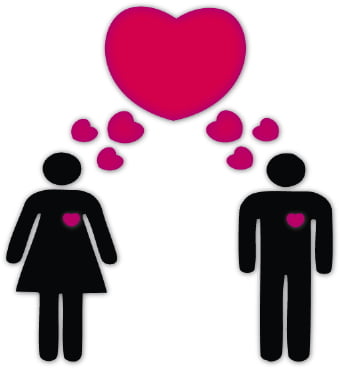Mastering the Silent Language: How Nonverbal Cues Shape Communication
Effective communication transcends mere words; it's a symphony of verbal and nonverbal cues. Body language and facial expressions, often overlooked, are powerful conductors of this symphony, shaping how we perceive and are perceived. This exploration delves into the profound influence of nonverbal communication, offering practical insights to enhance your interactions.
The unspoken language of body language and facial expressions is remarkably nuanced. A simple smile can instantly forge connection, while crossed arms might signal defensiveness or disagreement. Understanding these subtle cues is crucial for navigating the complexities of human interaction.
Self-awareness is paramount. Your own body language significantly impacts how others interpret your messages. Maintaining eye contact projects confidence and attentiveness, while slumped posture might convey disinterest or insecurity. Consciously monitoring your nonverbal signals allows you to present yourself authentically and effectively.
Equally important is observing the nonverbal cues of others. A furrowed brow and clenched jaw during a meeting might reveal skepticism or resistance. Recognizing these signals enables you to adapt your approach, address concerns proactively, and foster more productive conversations. In a job interview, a candidate's confident posture and engaged expression can speak volumes about their suitability for the role.
Nonverbal cues act as a constant feedback loop during communication. Observe your conversational partners. Are they leaning in, nodding in agreement, maintaining eye contact? These positive signals indicate engagement and active listening. Conversely, avoidance of eye contact, fidgeting, or distraction suggest disinterest or a lack of comprehension, prompting you to adjust your communication strategy to re-engage them.
Cultural sensitivity is crucial. Nonverbal cues vary significantly across cultures. A gesture considered polite in one culture might be offensive in another. Cultivating cultural awareness ensures you interpret and utilize nonverbal cues appropriately, avoiding misinterpretations and fostering respectful communication.
Nonverbal cues amplify and reinforce verbal messages. Expressing excitement about a new project? Lively tone, enthusiastic gestures, and a beaming smile amplify your message's impact, making it more engaging and persuasive. Conversely, inconsistencies between verbal and nonverbal communication create confusion. Saying "I'm fine" with a tense posture sends a mixed signal. Aligning verbal and nonverbal cues ensures clarity and authenticity.
Nonverbal communication plays an especially vital role when language barriers exist. When words fail, body language and facial expressions become the primary means of conveying meaning and understanding. Accuracy in interpreting these cues is paramount in cross-cultural interactions.
The digital age presents unique challenges. While nonverbal cues are less readily apparent in virtual communication, they remain crucial. Pay close attention to facial expressions during video calls and leverage emojis to add a layer of nonverbal context. A simple thumbs-up emoji can convey agreement or support, bridging the gap between physical and digital interaction.
It's crucial to remember that nonverbal cues, while powerful, aren't foolproof. They shouldn't be interpreted in isolation. Consider them in conjunction with verbal cues, contextual information, and overall interaction dynamics for a holistic understanding.
Mastering nonverbal communication is an ongoing process. Consistent practice, coupled with mindful observation and reflection, will refine your ability to understand and utilize these cues effectively. Start observing your own nonverbal communication and that of those around you. Pay attention to the subtleties, and you'll witness a transformation in your communication skills.
Reflect on your own experiences. When have nonverbal cues significantly influenced your interactions? Sharing your insights can enrich our collective understanding of this vital aspect of communication. Let's continue this conversation, fostering a deeper appreciation for the silent language that shapes our connections.
Ultimately, effective communication relies on a harmonious blend of verbal and nonverbal elements. By consciously incorporating nonverbal cues into your interactions, you'll enhance your communication skills, build stronger relationships, and navigate the complexities of human interaction with greater ease and understanding. Let your nonverbal communication speak volumes!



